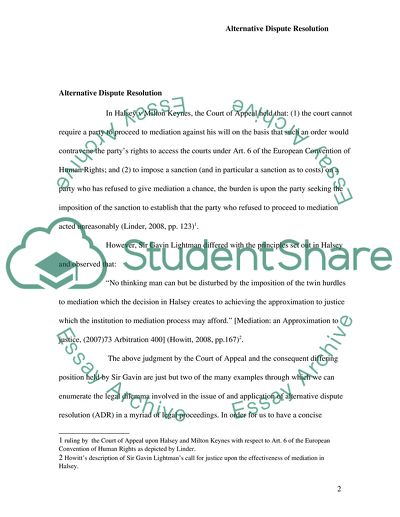Cite this document
(Work Place Dispute Resolution Case Study Example | Topics and Well Written Essays - 4000 words - 1, n.d.)
Work Place Dispute Resolution Case Study Example | Topics and Well Written Essays - 4000 words - 1. Retrieved from https://studentshare.org/law/1724569-alternative-dispute-resolution
Work Place Dispute Resolution Case Study Example | Topics and Well Written Essays - 4000 words - 1. Retrieved from https://studentshare.org/law/1724569-alternative-dispute-resolution
(Work Place Dispute Resolution Case Study Example | Topics and Well Written Essays - 4000 Words - 1)
Work Place Dispute Resolution Case Study Example | Topics and Well Written Essays - 4000 Words - 1. https://studentshare.org/law/1724569-alternative-dispute-resolution.
Work Place Dispute Resolution Case Study Example | Topics and Well Written Essays - 4000 Words - 1. https://studentshare.org/law/1724569-alternative-dispute-resolution.
“Work Place Dispute Resolution Case Study Example | Topics and Well Written Essays - 4000 Words - 1”, n.d. https://studentshare.org/law/1724569-alternative-dispute-resolution.


